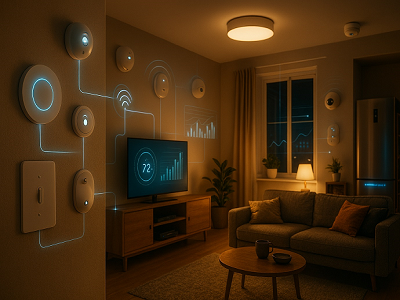
United Nations in 2015, adopted the Sustainable Development Goals for 2030. These are significant initiatives towards socio-economic development. Reflected through the adoption of 169 unique targets. SDGs have provided new lenses for construction sector companies. Construction chemicals market players are striving to translate their desires into sustainable solutions. The construction industry plays a crucial role in the economic growth of nations. It also directly uplifts the quality of life through necessary facilities. Construction companies face three-dimensional pressure from economics, climate duty, and social equity. As a consequence of stringent regulations, companies are bound to invest and develop new sustainable alternatives. The construction sector is complex and schedule-driven. This industry has always attracted chronic problems such as cost overruns and waste generation. Traditional designs only focus on cost and performance. Sustainable construction goes beyond these parameters. It also considered resource minimization. The construction chemicals market was valued at USD 50,952.86 million in 2022, this market is anticipated to surpass the valuation of USD 71,449.75 million by 2028. The market is estimated to grow with a CAGR of 5.8% from 2022 to 2028. Modern construction admixtures are revolutionizing the industry by boosting its workability. Superplasticizers and self-consolidating concrete are here to mark a new tide of transformation in the construction sector. One of the most ground-breaking developments in construction chemicals is self-healing materials. These materials repair themselves to increase the shelf life of the building.
Construction Chemical Market - Trends
Green Building Materials Foreseen to Gain Lucrative Market Share
Griming the peak of climate change has raised pressure on construction chemical companies. They are pushed to adopt sustainable variants and initiate recycling waste. This awareness appears to be escalating pushing companies to innovations such as green building materials. The nature of green buildings refers to the use of efficient materials without compromising on structural integrity. Precast concrete aids in modest, efficient construction. Buildings made with this concrete tend to survive all weather conditions. They provide a long shelf life. This concrete is desired for the mass construction of pedestrian ramps, dressing room areas, and concession stands. Beams, railroad tiles, and decks made of precast concrete are foreseen to gain more demand in the coming years. This material can reduce the cost of construction. These are made of locally available raw materials hence they reduce the cost of transport. The recycling process is involved in the formation of precast concrete. It makes it sustainable and addresses its impact on the environment.Recycled Materials - Reframing Trend in Construction Chemicals Market
Recycled glass use is driven by environmental concerns, resource conservation, and waste reduction motives. Recycled glass finds ways through various materials such as glass-fiber reinforced concrete, and terrazzo flooring showcasing the versatility of its nature. This reduces the demand for new raw materials. In the construction sector, recycled glass is used to produce eco-friendly building materials and urban streetscapes. This is suitable for making counterparts, insulation, and tiles. In art and decor, these glasses are used to generate unique looks for interiors. Recycled metal plays a crucial role in the reduction of environmental impact. Construction sector companies are leaning toward recycled metals. Recycled materials are used in reinforcing concrete structures. Recycled steel is often used in durable structures such as beams. Aluminum and copper are also used in construction due to their modern finish and cost-potency. Companies in the UK focus on sourcing scrap materials from local recyclers. Working with local companies can help construction chemical companies to create a strong supply chain.Antimicrobial Coatings for Mitigation of Molds
Buildings face a high threat from the growth of molds leading to their premature degradation. High moisture places such as bathrooms and kitchens can develop mold that weakens structural integrity. The incorporation of antimicrobial coatings can protect against the growth of bacteria. Hence, the antimicrobial coatings market attracting significant growth in the recent past. This novel niche is estimated to bring high sales for companies in the coming years. The antimicrobial coatings market is estimated to cross a valuation of USD 7,514.56 million by the end of 2028.Eco-friendly Flooring- A Profitable Niche for Market Players
Fast-paced infrastructure projects are anticipated to bring more demand for flooring companies in the coming years. Functionality and looks are equally focused on by flooring companies while designing flooring. Laminate and ceramic tile varieties are attracting substantial investment from manufacturers. Producers focus research on material properties. This improves the strength of materials. Eco-friendly flooring is a new niche for companies. Ecologically harvested sources mark green decor trendy in both commercial and residential spaces. Terrazzo flooring has gained traction of attention across the globe due to its purpose. These are formed using small chips of marble and granite. This novel segment is foreseen to bring traction of growth in the flooring market. These eco-friendly flooring can be innovated through the use of plastic bags. Recycled plastic is used in making sustainable carpets.Multifaceted Benefits for Construction Chemical Market Players
- Business Reputation
- Reduced Environmental Impact
- Eco-friendly Brand Differentiators
- Supply Chain Risk Mitigation







